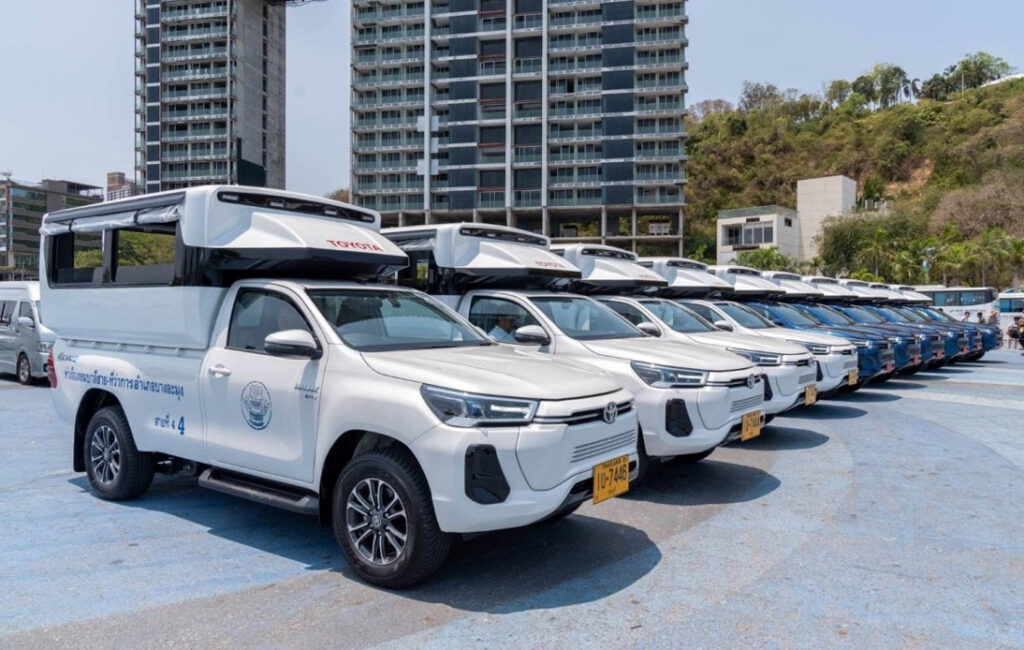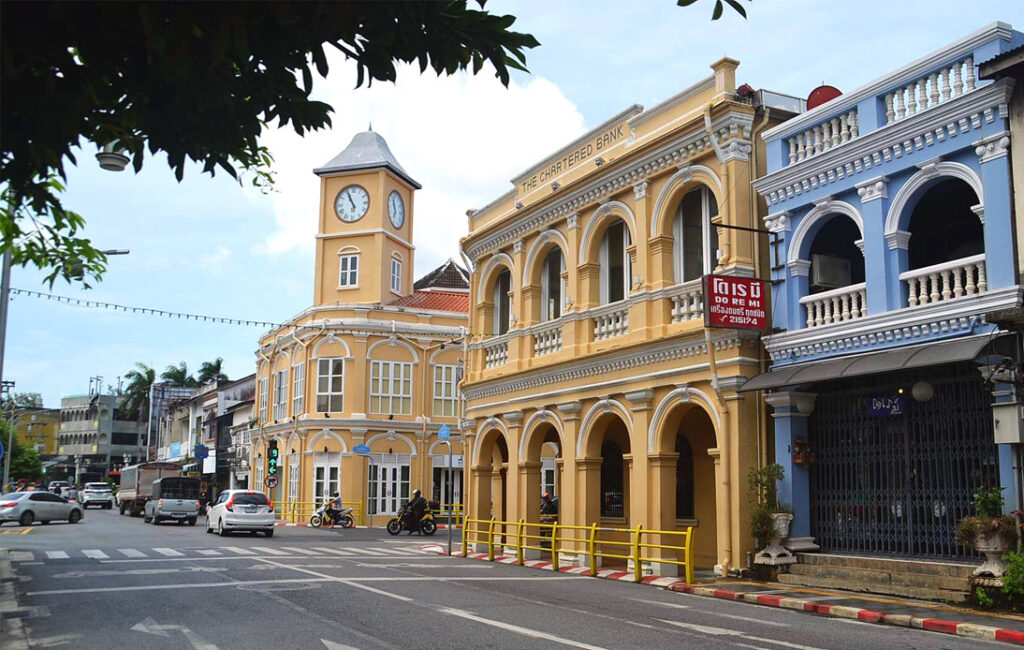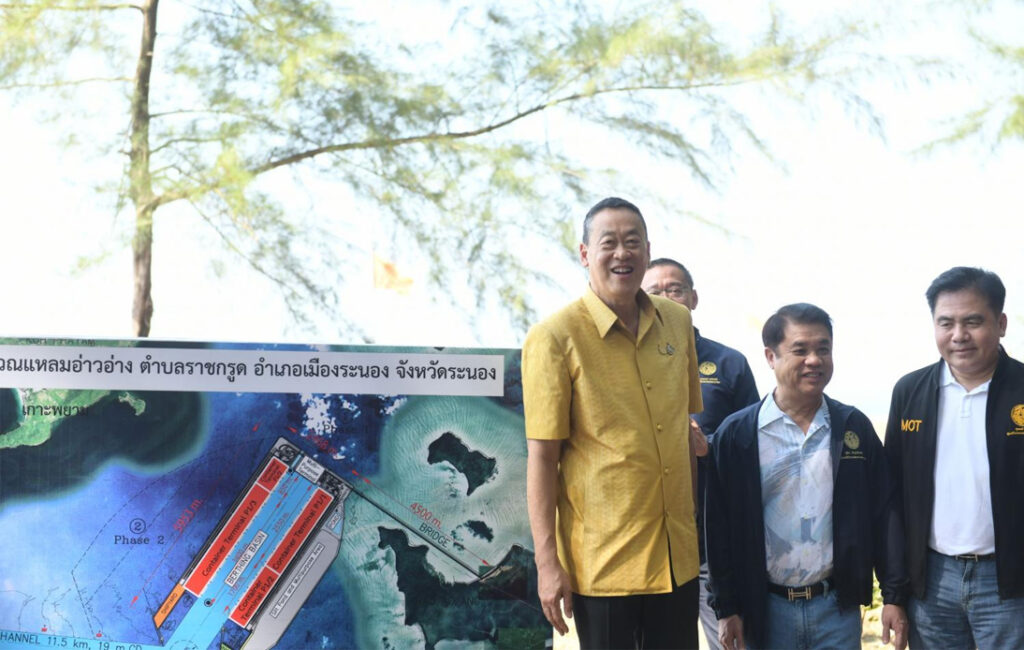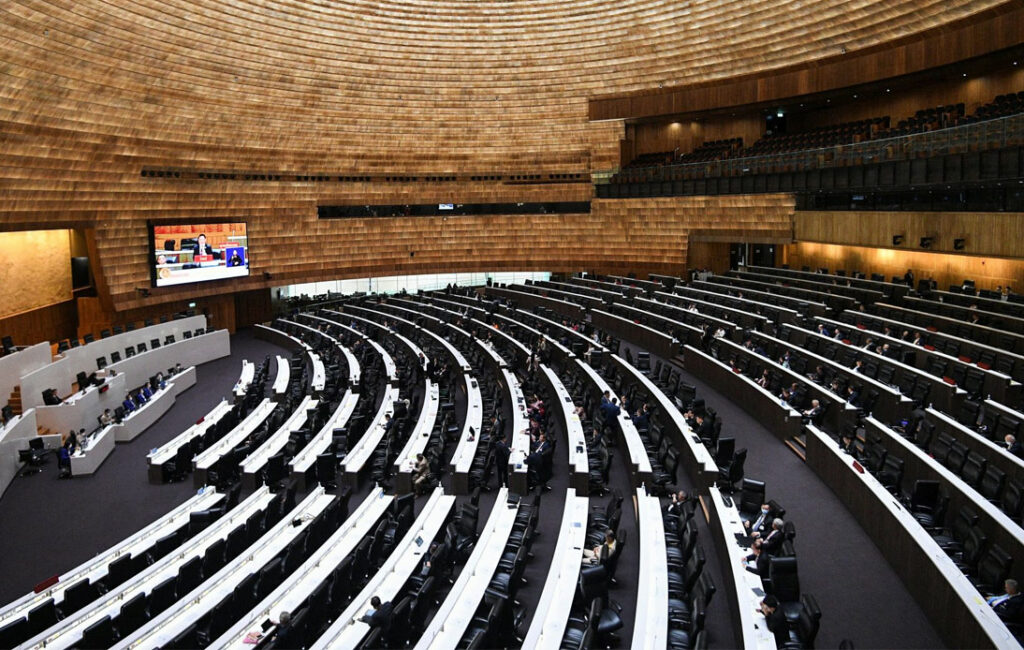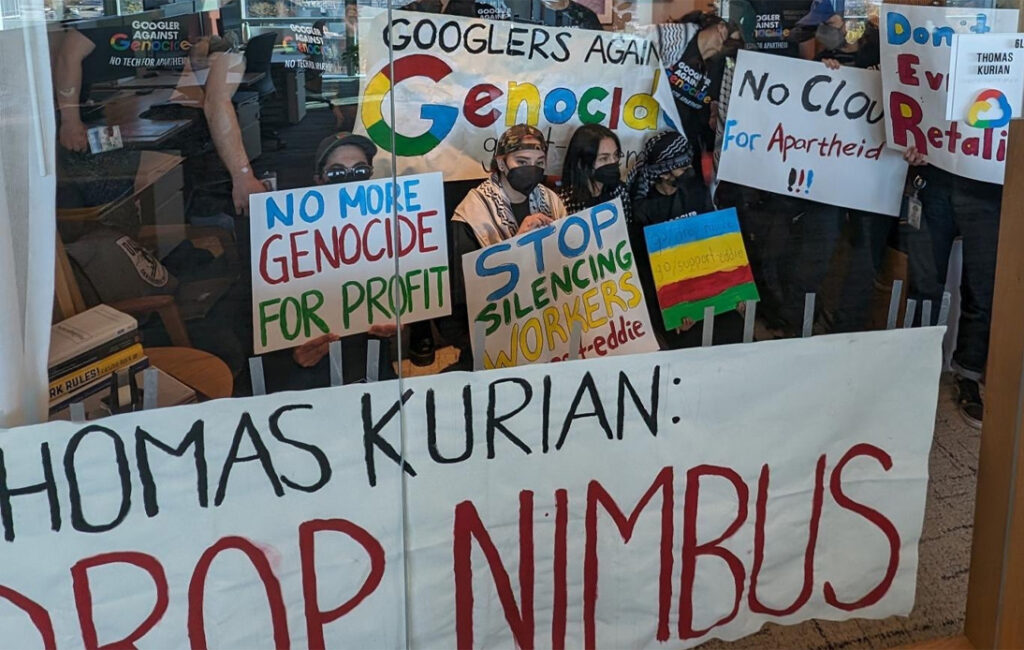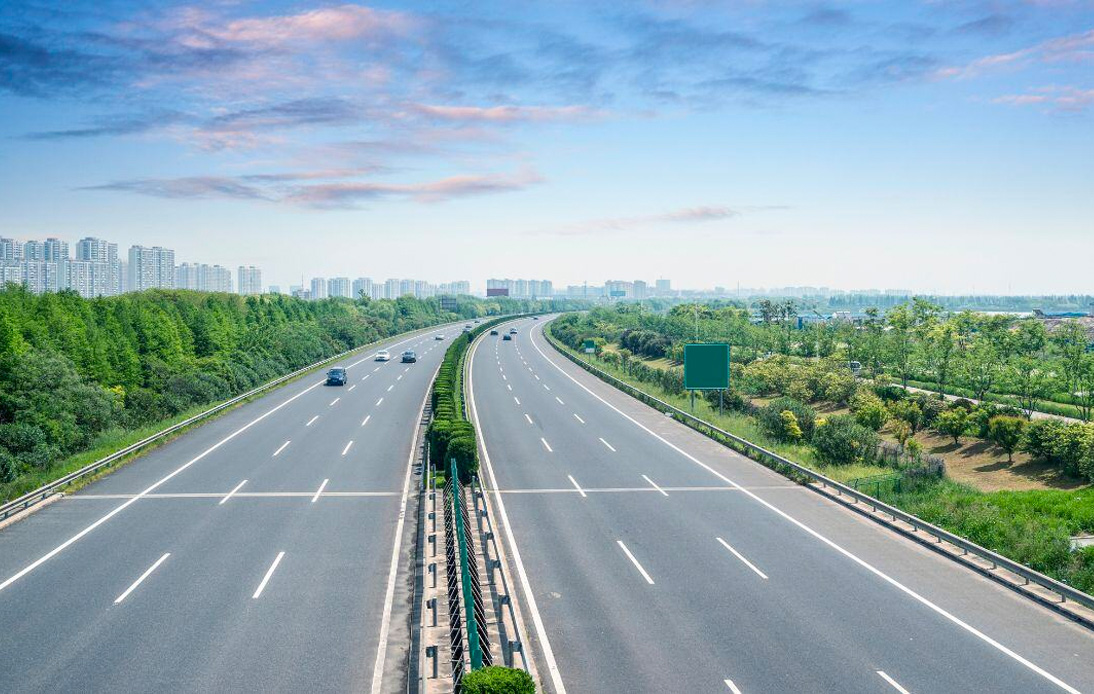
The Trilateral Highway project linking India, Myanmar, and Thailand is in progress, aiming to establish a direct route from Kolkata, India to Bangkok via Myanmar.
This initiative, slated for completion in three to four years, carries potential for boosting tourism, interpersonal interactions, and cultural exchanges in the region under the Bay of Bengal Initiative for Multi-Sectoral Technical and Economic Cooperation (BIMSTEC).
BIMSTEC is a regional entity made up of seven member nations from South Asia and Southeast Asia. Its members are Bangladesh, Bhutan, India, Myanmar, Nepal, Sri Lanka, and Thailand.
Founded in 1997, BIMSTEC seeks to foster cooperation among its member states across various sectors such as commerce, investment, technology, energy, tourism, agriculture, fisheries, and beyond.
Improving Connectivity: The Four-Lane, 1,300 km Highway
The Trilateral Highway linking India, Myanmar, and Thailand, first proposed at a trilateral ministerial conference in 2002, is set to extend about 1,300 kilometers.
It will serve as a four-lane highway that connects Moreh in India to Mae Sot in Thailand through Myanmar. The project comprises different segments, including sections already completed and those scheduled for future enhancement.
Key Portions and Enhancements: Boosting Trade and Integration
Numerous portions of the highway have been finished, including Moreh–Tamu-Kalewa (150 km), Yagyi–Chaungma–Monywa (64 km), Monywa–Mandalay (136 km), and more.
The remaining segments, like Kalewa–Yagyi and Thaton–Mawlamyine–Kawkareik, are scheduled to be completed by 2020.
These advancements are anticipated to significantly boost commerce within the ASEAN–India Free Trade Area, nurturing economic integration across the region.
India’s Role: Construction Efforts and Grant Assistance
India is actively participating in the building of two vital sections of the trilateral highway in Myanmar. These consist of the Kalewa-Yagyi road segment (120.74 km) and the Tamu-Kyigone-Kalewa (TKK) road portion (149.70 km), along with the erection of 69 bridges.
These ventures are carried out under an Engineering, Procurement, and Construction (EPC) model, with India offering substantial grant assistance to the Myanmar Government.
The approved expenditure for the Kalewa-Yagyi road segment is Rs. 1459.29 crore ($178 million), and for the bridges along the Tamu-Kyigone-Kalewa (TKK) road segment, it is Rs. 371.58 crore ($45.3 million).
Looking Ahead: Broadening Connectivity and Regional Integration
The completion of the India–Myanmar–Thailand Trilateral Highway is expected to lead to increased connectivity and regional integration.
India has suggested extending the road further to Cambodia, Laos, and Vietnam along the East–West Corridor of the Ayeyawady–Chao Phraya–Mekong Economic Cooperation Strategy (ACMECS), covering a massive 3,200-kilometer network.
This extensive infrastructure expansion is set to further amplify trade and economic collaboration among the involved countries.
Promoting Connectivity and Economic Growth
The Trilateral Highway project linking India, Myanmar, and Thailand represents a significant leap towards enhancing connectivity and promoting economic growth in the region.
By boosting tourism, enabling trade, and solidifying cultural connections, this initiative, with a projected cost of Rs. 1837.87 crore ($224.2 million) for the sections financed by India, has the potential to confer considerable benefits to India, Myanmar, and Thailand.
As discussions continue for a Motor Vehicles Agreement to regulate traffic along the trilateral highway, the project’s completion is eagerly anticipated, heralding a promising future for regional cooperation and integration.





